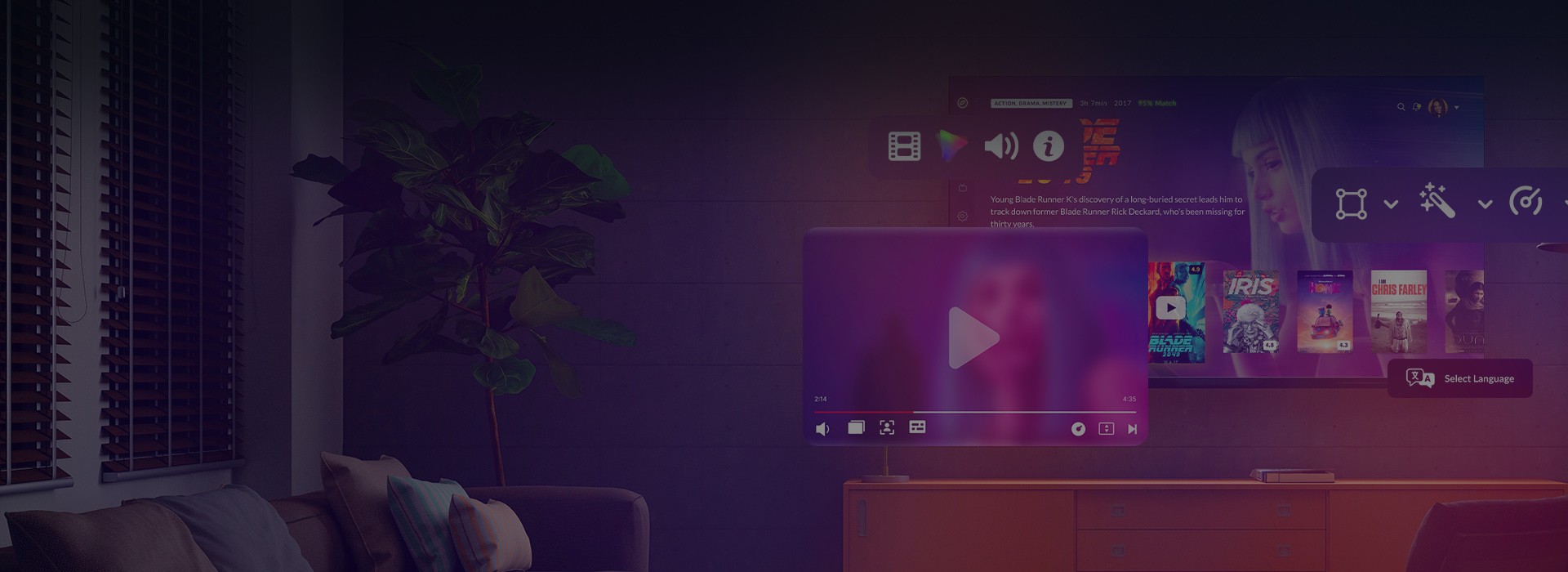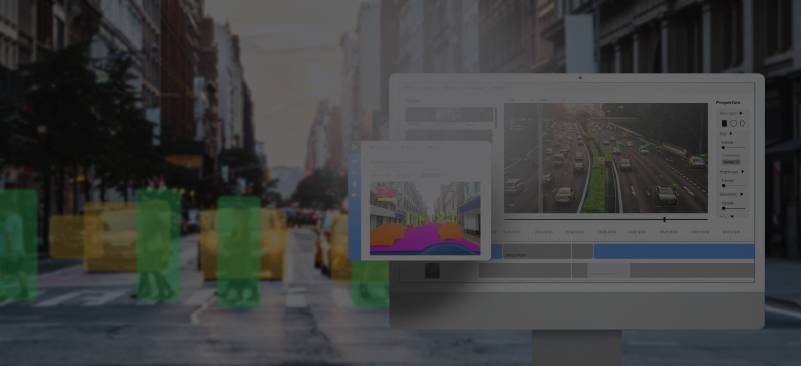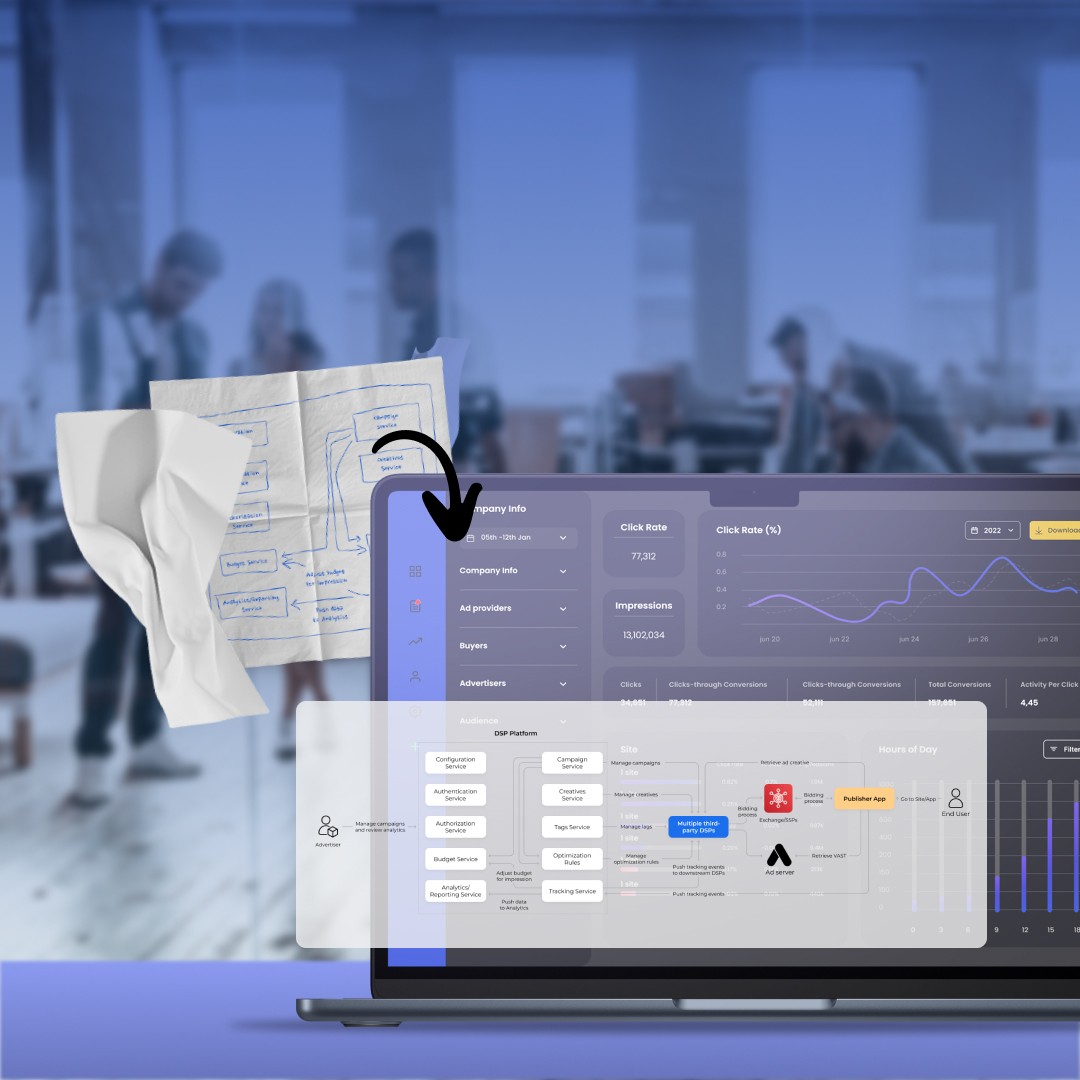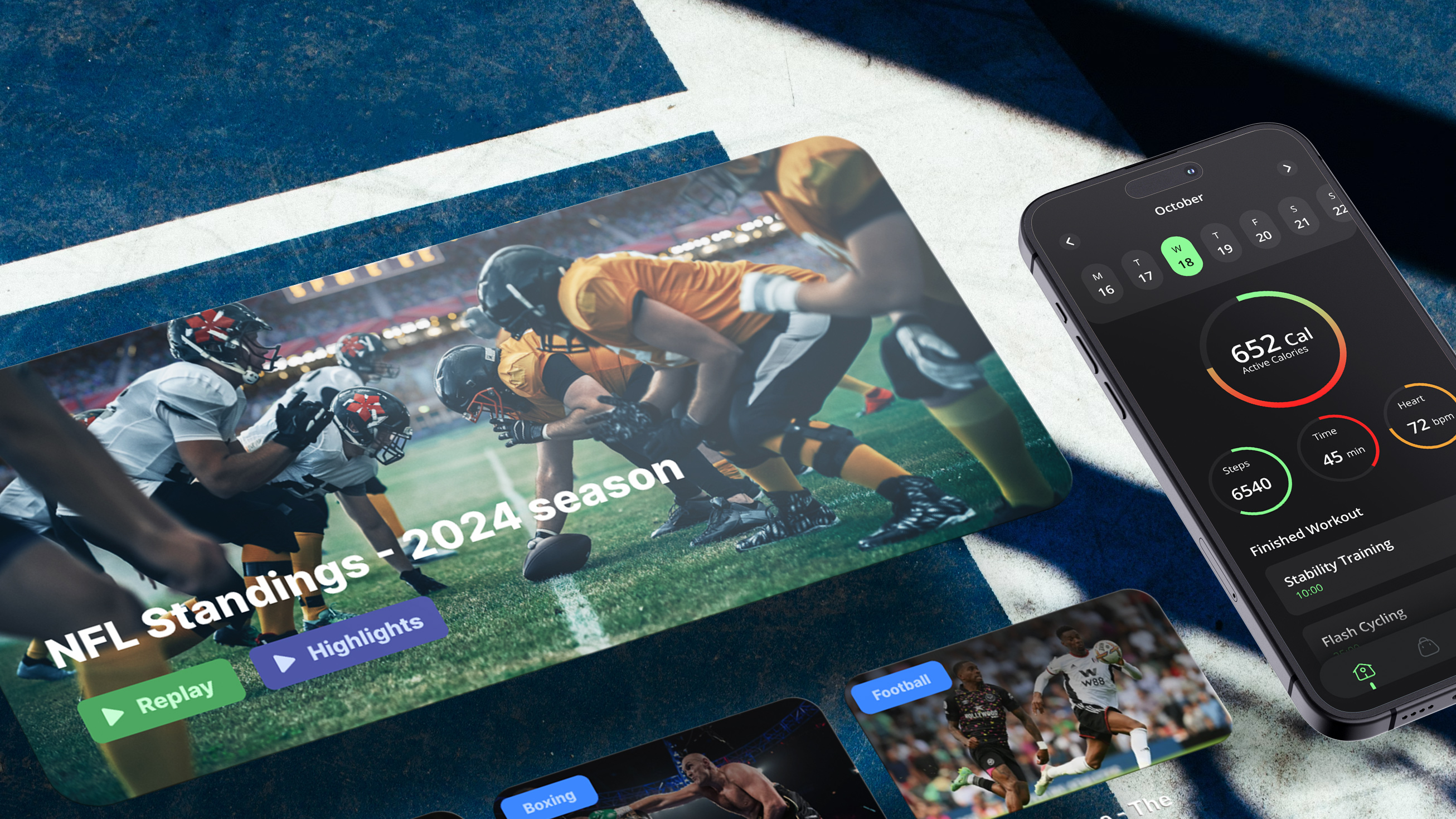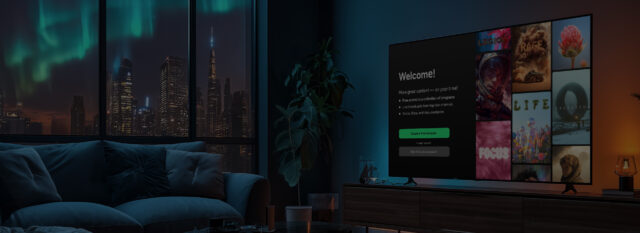As ATSC 3.0 reshapes the broadcast landscape, the advertising space is evolving rapidly, offering TV broadcasters new opportunities and raising critical questions: from how to integrate metadata for brand-safe, well-placed ads to who drives ad delivery and how revenue gets shared. That’s why the transition to NextGen TV is more than just a technical upgrade — it’s a business model transformation.
Before tapping into ATSC 3.0 advertising’s promise of hyper-targeted, IP-based ad delivery, stakeholders must first align on key enablers like data usage, tech integration, and advertising strategy. At Oxagile, we’ve explored these questions both in our R&D and in collaboration with clients — and now, we’re sharing real-world insights into how broadcasters can turn ATSC 3.0 capabilities into ROI-positive advertising campaigns.
Keep on reading or navigate through the blog posts’ chapters:
Key questions for enabling ATSC 3.0 advertising
With the rapid evolution of NextGen TV app development, TV broadcasters are navigating a wave of new opportunities — and facing a set of important industry questions. Before diving into the advertising potential of ATSC 3.0 technology, it’s essential to address these key questions.
- First, how should meta tags be properly integrated into advertising? These tags are critical for defining ad placement and ensuring brand safety by preventing overlaps and coordinating across platforms.
- Second, what kind of content should be inserted? Thanks to ATSC 3.0’s unicast capabilities via HLS, hyper-personalized ads are now possible at the household level, using deterministic identity data like IP address and ZIP code — data that many broadcasters already gather through analytics apps. This enables advertisers to achieve the precision targeting they’re accustomed to through DMP and CDP integrations.
- Third, who drives this transformation? The answer: the AdTech technology providers orchestrating the entire ad workflow.
- And finally, the question of revenue sharing between networks and affiliates remains a critical discussion point as the ecosystem matures.
At Oxagile, we work to find clear technical and business answers to these questions — both through our R&D efforts and in response to client needs. We’re now ready to share some of the key insights we’ve gained into the ongoing transformation of ATSC 3.0 advertising.
What are the potential opportunities for publishers and advertisers on linear TV?
While there’s no doubt about the value of adapting your TV broadcaster app to NextGen TV standards — and we’ve already shared how ATSC 3.0 can expand your app’s capabilities — you might still be wondering about the advertising opportunities this new standard brings. Meet with an AdTech expert to gain real-world insights.
AdTech Business Solution Architect
Kyrylo Stegnii
Contextual targeting meets linear TV
The ATSC 3.0 broadcasting standard opens the door to targeted advertising by enabling both traditional client-side and more advanced server-side ad insertion models. While client-side insertion has historically limited TV ads personalization to broader audience segments, server-side insertion under ATSC 3.0 allows for more granular, real-time targeting — potentially down to the ZIP code level. This concept becomes clearer when applied to a real-world use case.
The expert explains
“A national brand can now run highly localized campaigns that adapt to viewer behavior, geography, and even household composition. This is made possible by combining broadcast signals with IP-based data, enabling advertisers to infer audience characteristics such as age group, viewing habits, or household demographics, albeit with some limitations due to shared device use.
By merging first-party data with external data sets, advertisers can create detailed viewer cohorts — further identifying not just what content is being watched, but when and by whom. As a result, ATSC 3.0 supports a new wave of hyper-personalized, context-aware advertising that bridges the gap between mass reach and individual relevance.”
Unpacking the ad delivery workflow in a new ATSC 3.0 advertising ecosystem
In the new TV broadcasting landscape, a specialized AdTech technology partner may act as a central enabler — joining TV broadcasters, content owners, and advertisers to make real-time, contextual advertising on linear TV a reality. With ATSC 3.0’s capabilities, the technology provider orchestrates the integration layer that allows broadcasters (ad publishers) to selectively participate in ad auctions.

The expert explains
“For instance, if a broadcaster opts in, their audience impressions can be exposed to bidding via dynamic ad insertion (DAI). Conversely, if they opt out, ad breaks remain static. This dynamic requires a centralized partner to govern access and interoperability: enabling decisions at the publisher level while maintaining compliance and systemic control.
The tech partner facilitates this by offering tools for ad decisioning and audience segmentation, empowering publishers to get new monetization streams without disrupting the linear broadcast experience. Moreover, they ensure the ad request flow — from ad auction to ad response — is streamlined across stakeholders, whether via programmatic SSPs or direct brand advertising integrations.”
Looking for such a technology middleman?
Oxagile, as a trusted technology partner, plays this pivotal role — delivering robust R&D capabilities and advanced integration frameworks tailored to ATSC 3.0. Speak to our expert, Kyrylo Stegnii, today to explore how our NextGen TV expertise can help you enable contextual advertising at scale on linear TV.
From passive TV viewing to active engagement and interactive advertising
The ATSC 3.0 standard also paves the way for a new era of interactive TV advertising, something that has traditionally been difficult to scale due to the technical and logistical coordination required across TV broadcasters and advertisers. While elements of interactivity already exist due to ATSC 3.0 — such as weather updates or live traffic widgets — it also enables a much richer, more seamless experience within the TV advertising environment.
The expert explains
“This could include simple but effective interactive ad formats like polls, quizzes, or conditional responses tied to live TV broadcasting and video on demand streaming. Importantly, interactivity in this context doesn’t mean clicking around with a remote or reading long advertising messages — instead, it’s designed for frictionless user engagement, often augmented by companion actions like scanning a QR code with a smartphone. These features open the door to real-time viewer participation, allowing brands to not only capture attention but also gather feedback or drive users to personalized digital experiences. In an environment where engagement is harder to earn, ATSC 3.0 makes interactivity on TV both technically viable and commercially valuable.”

No more predictions, it’s time for exact ad impressions
One of the most transformative features of the ATSC 3.0 broadcasting standard is its ability to generate real-time analytical data about advertising performance and household viewing habits — bringing measurement capabilities traditionally reserved for OTT platforms to the world of broadcast TV. With ATSC 3.0, advertisers can move beyond impression estimations and access precise metrics such as view counts, completion rates, interaction levels, and even household reach.
The expert explains
“For example, it’s now possible to determine not just how many people could have seen an ad, but how many actually did — based on whether the channel remained active during the spot. This discovers possibilities for real-time ad auctions and advanced attribution models using IP-level data. Brands can run the same ad in different time slots and directly compare performance across campaigns. Even more, by integrating QR codes or digital coupons, advertisers can track downstream actions such as redemptions or purchases. In essence, ATSC 3.0 allows traditional TV to operate with the same accountability and precision as online video advertising — blurring the line between linear broadcasting and digital media analytics.”
And ultimately — better ROI for both publishers and advertisers on linear TV
ATSC 3.0 introduces a set of advanced advertising capabilities that can significantly boost ROI for both publishers and advertisers by enabling more targeted, efficient, and data-driven TV campaigns. For broadcasters, the ability to personalize ads and offer precise audience segmentation means they can now monetize previously undervalued ad slots, as well as command higher prices for inventory shown to high-value viewer segments. On the advertiser side, although TV ad placements may cost more now, the improved targeting, real-time measurement, and performance attribution lead to far greater efficiency — translating into higher returns per dollar spent.
ATSC 3.0 also supports dynamic pricing mechanisms similar to digital ad markets, such as real-time auctions with second-price bidding and programmatic deal-making. Publishers can set floor prices, while advertisers use strategies like bid shading to control costs — bringing transparency and negotiation flexibility to the traditional TV space. Additionally, integration with digital AdTech platforms means advertisers can easily test TV channels and audiences with minimal overhead, accelerating experimentation and reducing the cost of entry. Altogether, ATSC 3.0 levels the playing field between linear and digital media, making broadcast TV a more competitive and ROI-positive environment for all stakeholders.
NextGen TV: to launch a custom or standardized UX?
As a trusted Run3TV anchor development partner, we’re ready to explore your ATSC 3.0 advertising needs and become your technology ally in enabling high-ROI, data-driven campaigns across TV households.

